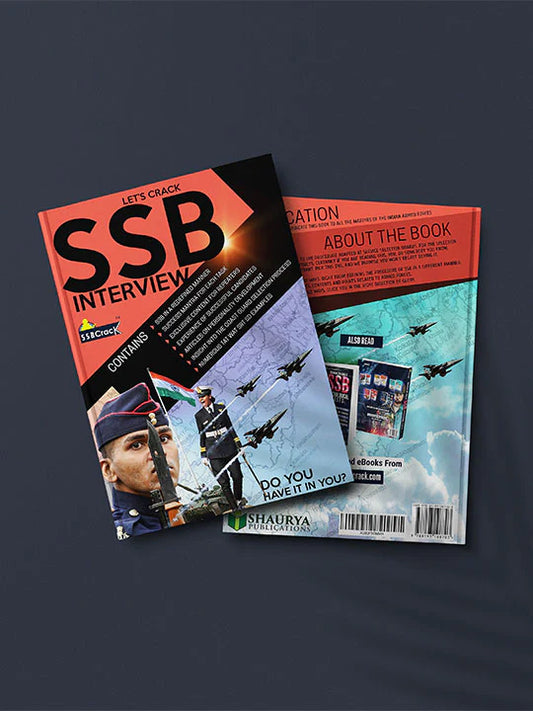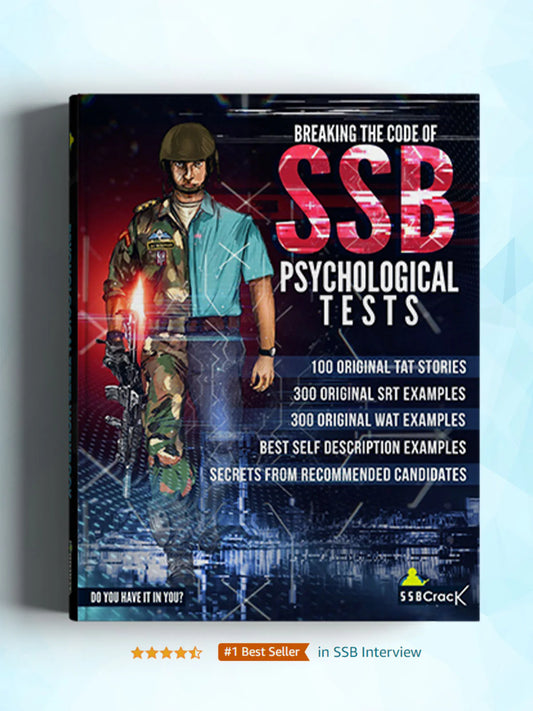How to Become a Drone Pilot in the Indian Army?
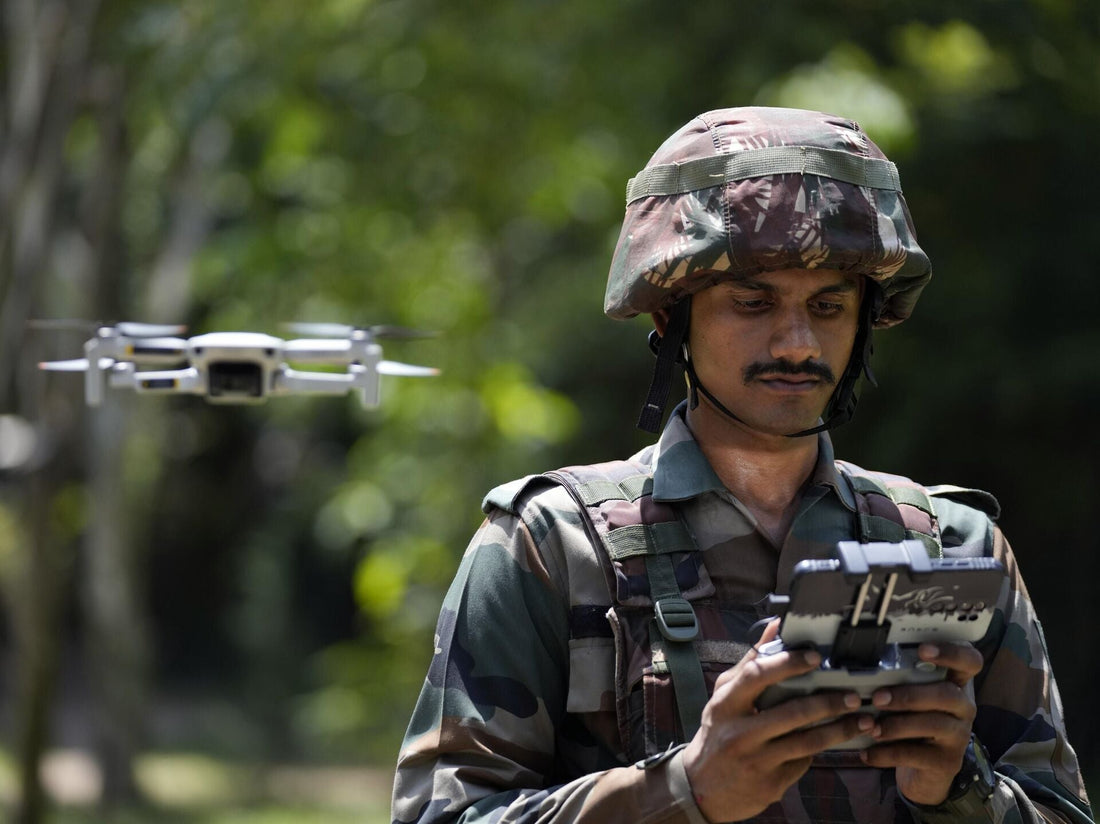
The Indian Army is constantly evolving, adapting new technologies to enhance its operational capabilities. One such advancement is the incorporation of drones in military operations, which has led to the emergence of a new and dynamic career path: drone piloting. As the demand for skilled drone pilots increases, more individuals are considering this exciting career within the Indian Army. This guide provides a comprehensive overview of what it takes to become a drone pilot in the Indian Army.
A career as a drone pilot in the Indian Army is not only prestigious but also highly rewarding. It combines the thrill of operating cutting-edge technology with the honor of serving the nation. However, stepping into this role requires a clear understanding of the responsibilities and commitments involved. This guide delves into the pathway to becoming a drone pilot, highlighting the necessary qualifications, training processes, and career prospects.
For those interested in pursuing this career, understanding the role and responsibilities of a drone pilot is crucial. This guide will also explore the challenges faced by drone pilots and the essential skills required to excel in this field. By the end of this article, aspiring candidates will have a clear roadmap to follow in their journey to become a drone pilot in the Indian Army.

Understanding the Role of a Drone Pilot
Drone pilots in the Indian Army play a vital role in various military operations. Their primary responsibility is to operate unmanned aerial vehicles (UAVs) for surveillance, reconnaissance, and intelligence-gathering missions. These missions are crucial for providing real-time data and insights, enabling commanders to make informed decisions on the battlefield.
In addition to surveillance, drone pilots are also involved in target acquisition and damage assessment. They ensure that the drones are correctly positioned and equipped with the necessary payloads for specific missions. The data collected by drones aids in planning and executing military strategies, thus making the role of a drone pilot indispensable to the Indian Army.
Furthermore, drone pilots must possess a deep understanding of drone technology and operational protocols. They are responsible for maintaining the drones, troubleshooting technical issues, and ensuring their readiness for deployment. This requires a strong technical acumen and the ability to adapt to rapidly changing situations on the field.
In the rapidly evolving landscape of modern warfare, drones have become an essential part of surveillance, reconnaissance, and combat support operations. Recognizing their importance, the Indian Army has significantly expanded its use of drones across various arms and services. While there is no direct recruitment entry specifically for drone pilots, the path to becoming one lies through joining the Indian Army as a soldier or officer.

Entry Routes to Become a Drone Pilot
To become a drone operator or pilot in the Indian Army, aspirants must first join the force through one of the following general entries:
1. As a Commissioned Officer
- National Defence Academy (NDA) – For 10+2 male candidates.
- Combined Defence Services (CDS) – For graduates.
- Direct Entries like TES, TGC, NCC, SSC Tech etc.
Once selected and trained as an officer, individuals can be assigned to frontline regiments such as Infantry, Artillery, or Signals, where drone operation training is more actively imparted.
2. As a Soldier (Jawan)
- Agniveer General Duty
- Agniveer Technical
- Agniveer Clerk/Store Keeper
- Agniveer Tradesman
Soldiers posted in operational areas or in units actively using drones may get selected for drone training based on operational needs and individual performance.
Regiments Involved in Drone Operations
The Indian Army is actively integrating drone capabilities within various regiments. Key arms and units include:
- Infantry Regiments – Especially those engaged in Counter-Terrorism (CT) Operations and Line of Control (LoC)/Line of Actual Control (LAC) deployments.
- Artillery Regiments – For target acquisition and surveillance.
- Corps of Signals – For communication and real-time video/data transmission.
- Engineers and Armoured Corps – For mine detection and battlefield surveillance.
Drone Training in the Indian Army
Training Focus Areas:
- Drone assembly and maintenance
- Remote piloting techniques
- Aerial reconnaissance and surveillance
- Real-time data interpretation
- Tactical employment in battlefield conditions
Training Locations:
Drone training is conducted in specialized institutions and field units. Many soldiers posted in forward areas or high-risk zones like Kashmir, Sikkim, Arunachal Pradesh, and Ladakh are trained on-site due to operational necessity.
Fast-Track Training:
In recent years, the Army has expedited drone training programs, especially for support arms and units engaged in border surveillance and CT ops. This ensures readiness to deal with emerging threats and enhances real-time decision-making.

Future of Drone Pilots in the Indian Army
With the induction of combat drones, swarm drones, and AI-based surveillance UAVs, the demand for skilled drone pilots in the Indian Army is expected to grow. The Army is not only investing in drone procurement but also focusing on indigenous development and training programs.

Conclusion
There is no separate entry scheme to become a drone pilot in the Indian Army. However, once a person joins the Army—whether as a commissioned officer or a soldier—they can be trained to operate drones based on their posting, unit requirements, and skillset. With drones becoming indispensable in modern warfare, joining the Indian Army today opens exciting opportunities to operate advanced unmanned systems in real combat environments.

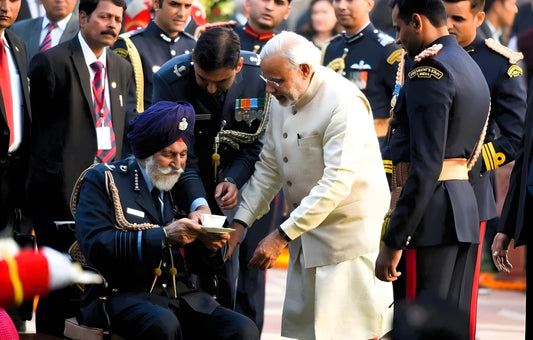
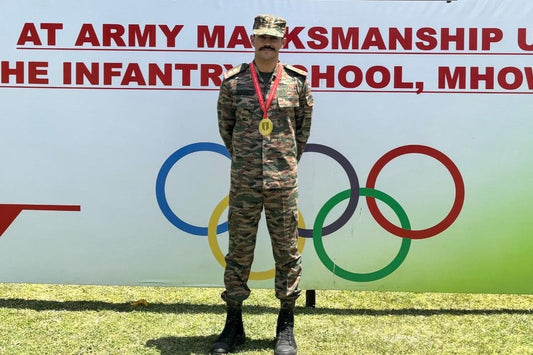
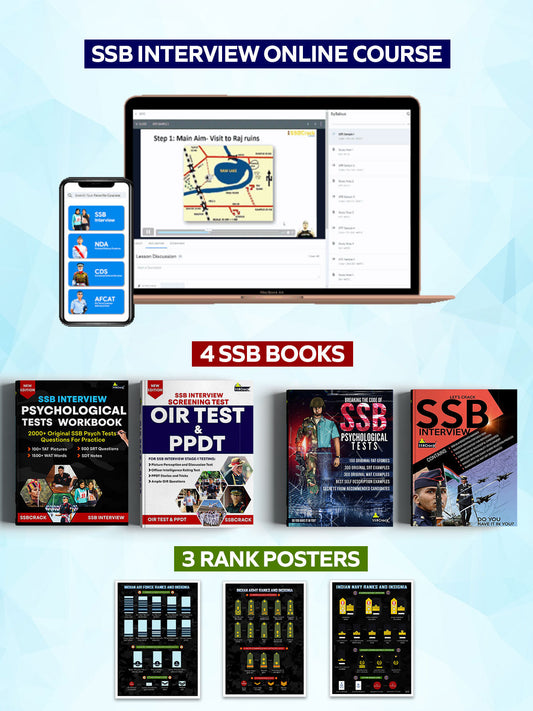

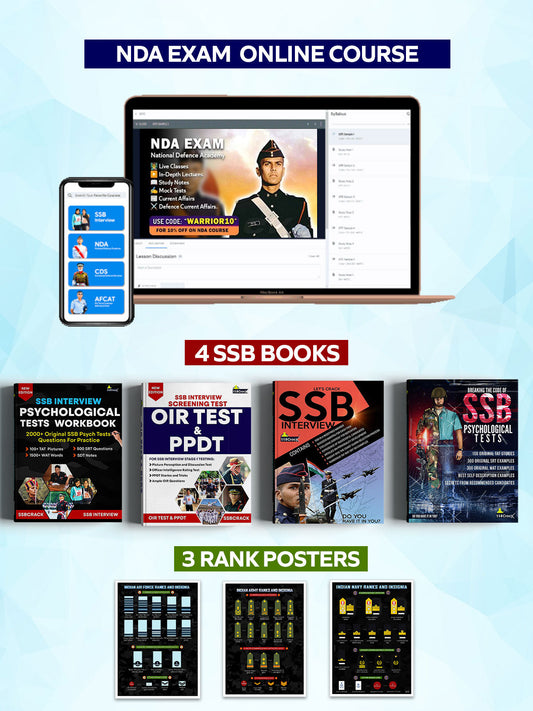





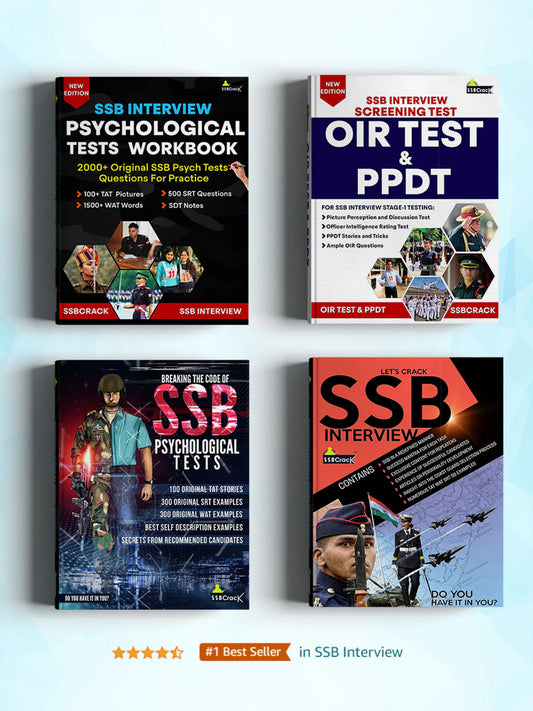

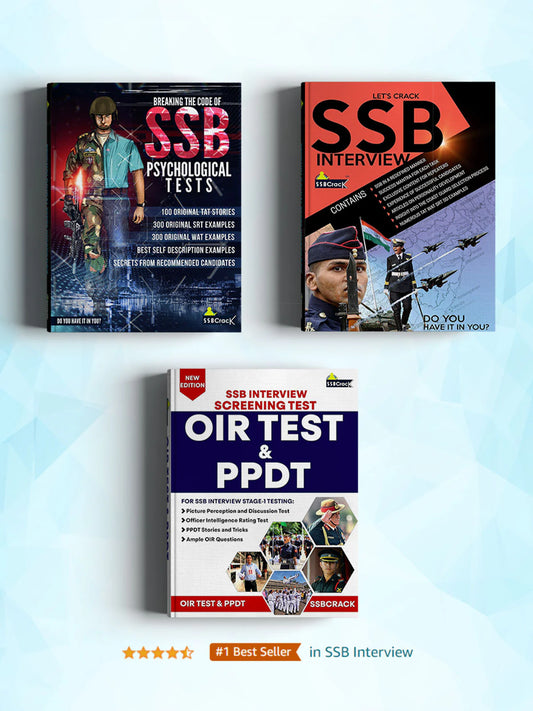

![Let's Crack SSB Interview Book [Paperback]](http://shop.ssbcrack.com/cdn/shop/files/ssb-books.webp?v=1736351621&width=533)
